After lunch at Vencio’s Garden Seafood Café, we proceeded to the Silonay Mangrove Conservation Ecopark located east of Calapan City. This 41-hectare protected area, opened on November 13, 2013 (Oriental Mindoro Foundation Day), is located on the 87-hectare Silonay Island.
Check out “Restaurant Review: Vencio’s Garden Seafood Cafe“
It is a haven of 14 species of mangroves, fireflies, 2 species of bats, 29 species of migratory birds, fiddler crabs and various kinds of fish. Near the entrance is a mural of Silonay species done by environmental artist AG Saño and local students.
Mangroves in Silonay are highly susceptible to storm surges and mangrove forests here have also been depleted due to rampant cutting of trees by residents to sell for firewood. These mangroves protect Silonay from these storm surges. Fish larvae and other small creatures also take refuge from predators among the mangrove roots.
Sama-samang Nagkakaisang Pamayanan ng Silonay (SNPS), a local organization, is dedicated to supporting the mangrove reserve. From the original 26 members in 2012, SNPS’ membership has now grown to almost 80. Ms. Alma Bool, known locally as the “Queen of Mangroves,” has been a leader in organizing the community for mangrove restoration efforts. The 14 species of mangroves found here are:
- Grey or White Mangrove (Avicennia marina) – locally called pipisik puti or bungalon.
- Indian Mangrove (Avicennia officinalis) – locally called pipisik pula or api api.
- Mangrove Apple (Sonneratia alba) – locally called pagatpat
- Tall-Stilt Mangrove (Rhizophora apiculata) – locally called bakawan lalaki
- Loop-Root Mangrove, Red Mangrove or Asiatic Mangrove (Rhizophora mucronata) – locally called bakawan babae
- Holly-Leaved Acanthus, Sea Holly and Holy Mangrove (Acanthus ilicifolius) locally called diliwaryo or daluari
- River Poison Tree (Excoecaria agallocha) – locally called buta-buta or lipata
- Mangrove Palm (Nypa fruticans) – locally called nipa or sasa
- Flat-Leaved Spurred Mangrove (Ceriops decandra) – locally called lapis-lapis
- Yellow Mangrove (Ceriops tagal) – locally called tangal
- Black Mangrove or River Mangrove (Aegiceras corniculatum) – locally called saging-saging
- Large-Leafed Mangrove (Bruguiera gymnorrhiza) – locally called pototan
- Upriver Orange Mangrove (Bruguiera sexangula)
- White Burma Mangrove (Bruguiera cylindrica)
Some of the 29 species (7 endemic) of birds found here (the first three are the most common) are:
- Black-Naped Oriole (Oriolus chinensis) – locally called kilyawan
- White-Throated Kingfisher (Halcyon chloris)
- Yellow-Vented Bulbul (Pycnonotus goaivier)
- Philippine Duck (Anas luzonica) – endemic to the Philippines
- White-Eared Brown Dove (Phapitreron leucotis) – endemic to the Philippines
- Philippine Coucal (Centropus viridis) – endemic to the Philippines
- Pygmy Swiftlet (Collocalia troglodytes) – endemic to the Philippines, it is the world’s smallest swift
- Philippine Nightjar (Caprimulgus manillensis) – locally called kandarapa (Tagalog) and tagolilong (Cebuano), it is endemic to the Philippines
- Coleto (Sarcops calvus) – endemic to the Philippines
- Lemon Coated Leaf Warbler (Phylloscopus cubuensis) – endemic to the Philippines
- Chestnut Munia (Lonchura atricapilla) – locally called mayang pula, it was, before 1995, the National Bird of the Philippines.
- Clamorous Reed Warbler (Acrocephalus stentoreus)
- Asian Glossy Starling (Aplonis payanensis)
- Malaysian Pied Fantail (Rhipidura javanica)
- Golden-Bellied Gerygone (Gerygone sulphulrea)
- Oriental Magpie Robin (Copsychus saularis)
- White-Collared Kingfisher (Todiramphus chloris)
The two species of bats found here (at dusk) are:
- Greater Musky Fruit Bat (Ptenochirus jagori) – endemic to the Philippines
- Long-Tongued Nectar Bat (Macroglossus minimus)
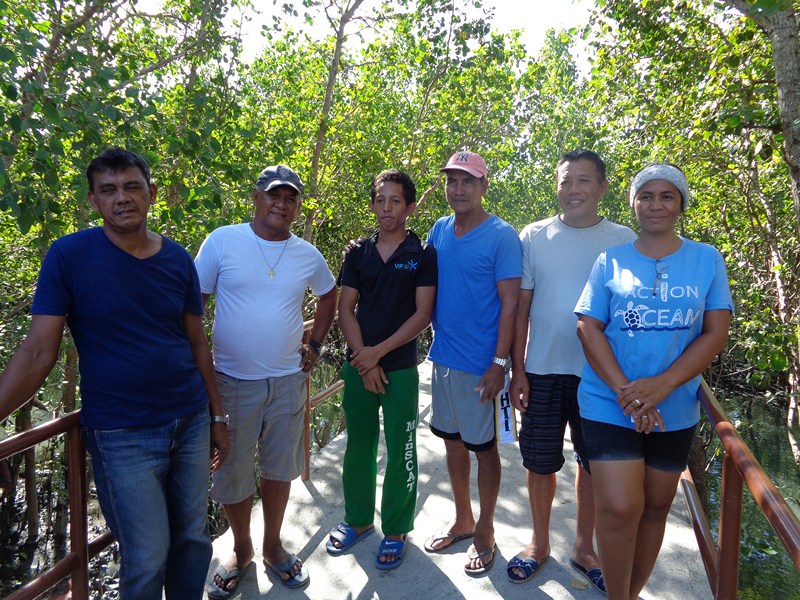
Some members of Sama-samang Nagkakaisang Pamayanan ng Silonay (L-R): Mr. Benecio “Bobby” Vergara (SNPS President), Mr. Moral Bool (hpneybee farm manager), Aldwin Simblante (eco-tour manager), Mr. Ricardo Ponsones (mangrove seedling nursery manager), Mr. Francisco Fortu (Silonay Barangay Captain) and Alma Bool (full-time volunteer)
Heard from the entrance of the boardwalk are the Tokay Gecko (Gekko gecko), the Giant Visayan Frog (Liminonectes visayanus) and the Common Puddle Frog (Occidozyga laevis). Along the boardwalk are stingless bee hives. Bees can help in the pollination of mangroves. At the same time, they bring extra income whenever the honey is harvested. However, the honey harvested may be sweet-sour in taste but it has better medicinal value.
Best visited during high tide, this ecotourism zone also offers birdwatching (bring your own binoculars, November to March), and dolphin watching (April and May).
Upon registering, we entered the area, leisurely walking deep into the mangrove forest via a 300 – 350 m. long concrete boardwalk which replaced a previous rickety bamboo boardwalk damaged by Typhoon Nina (international name: Nock-ten) in December 25, 2016.
Along the way are three huts, each able to accommodate 10 visitors. We visited during low tide which was just right as some of us (Euden Valdez, Kristian Marfori, Michelle Soliman and JL Santiago Aquino) were encouraged to plant mangrove seedlings among the exposed mudflats.
The highlight of this destination, aside from the boardwalk, is kayaking through fishermen’s trails, in between mangroves, before exiting via the Silonay River. Colorful 2-seater plastic kayaks are rented out for PhP50/hour. However, kayaking is not possible during low tide. It takes at least 1.5 hrs. to tour and kayak.
Silonay Mangrove Conservation Ecopark: Sitio Singalong, Brgy. Silonay, Calapan City. Open daily, 6AM – 6PM. Admission: PhP50/head (PhP20 for students).
Provincial Tourism and Cultural Affairs Office: Provincial Capitol Complex, Calapan City 5200. Tel: (043) 286-7046 and (043) 441-0306. Website: www.ormindoro.gov.ph.

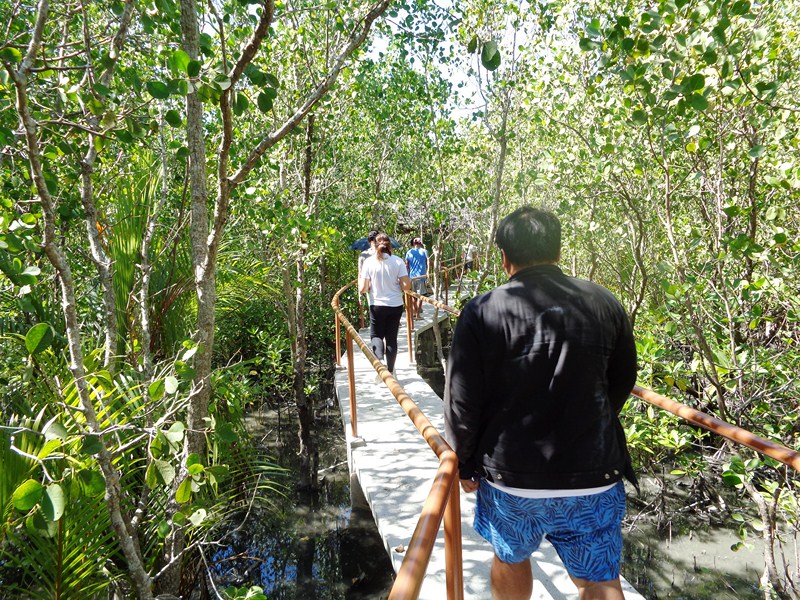

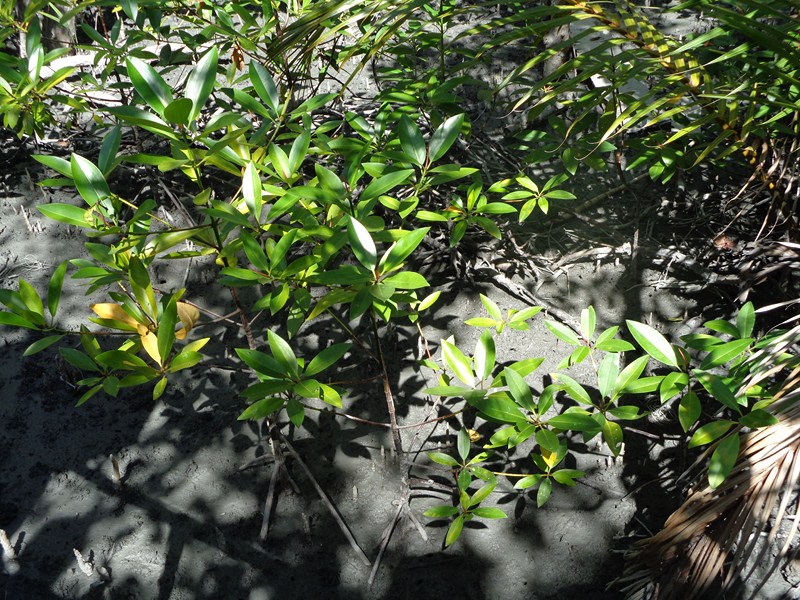
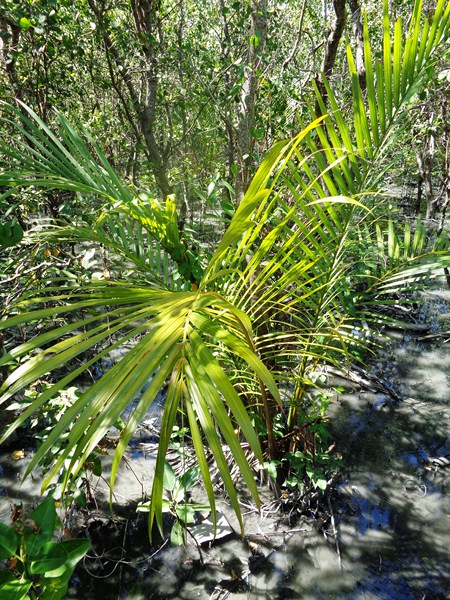
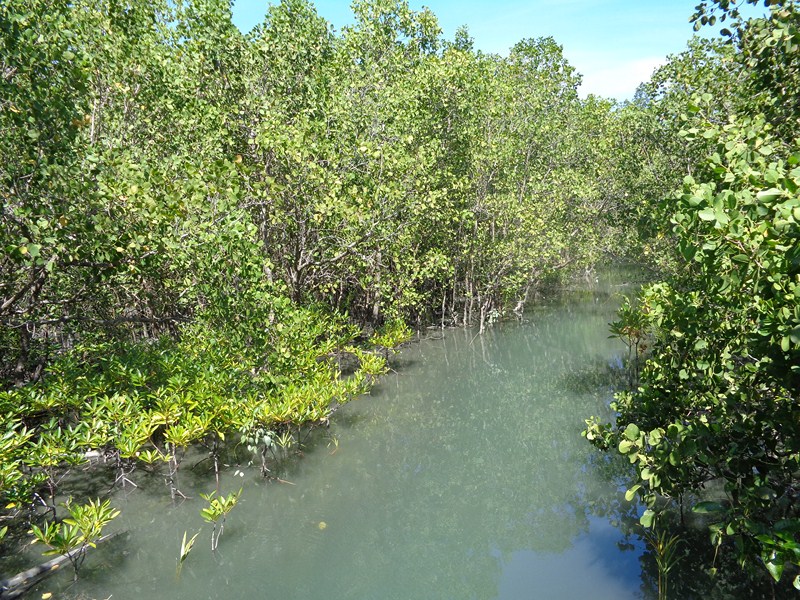
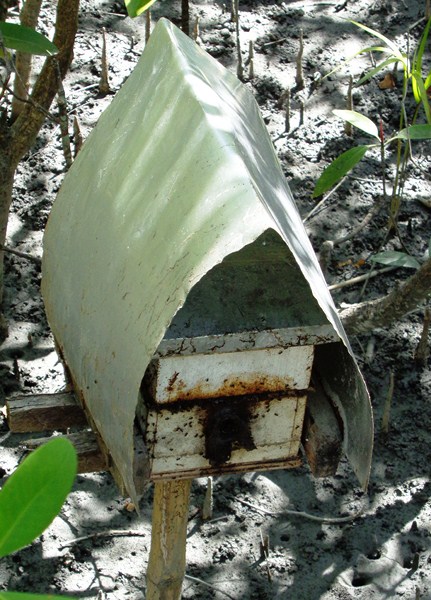
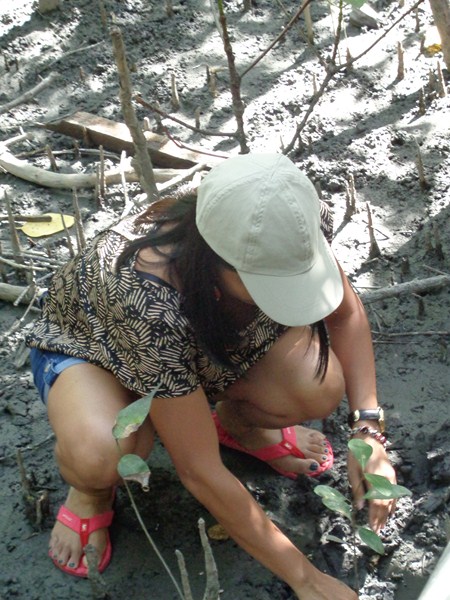
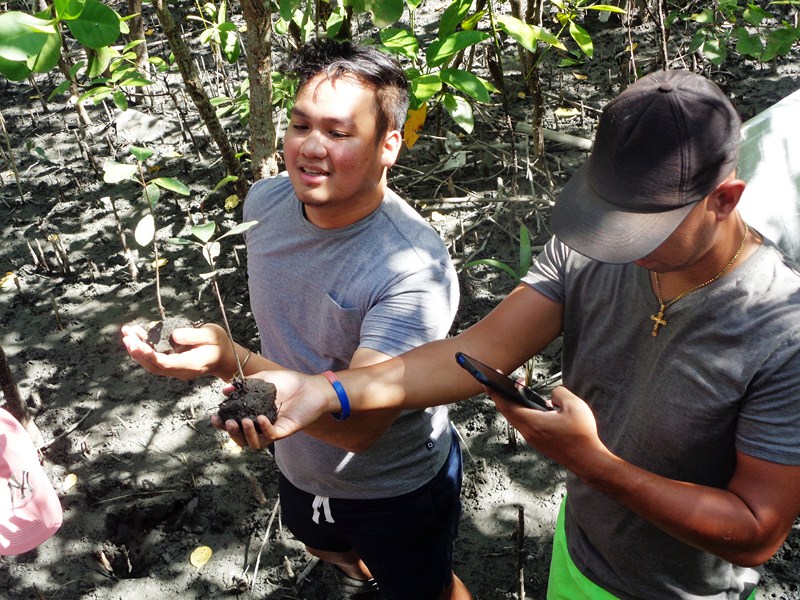
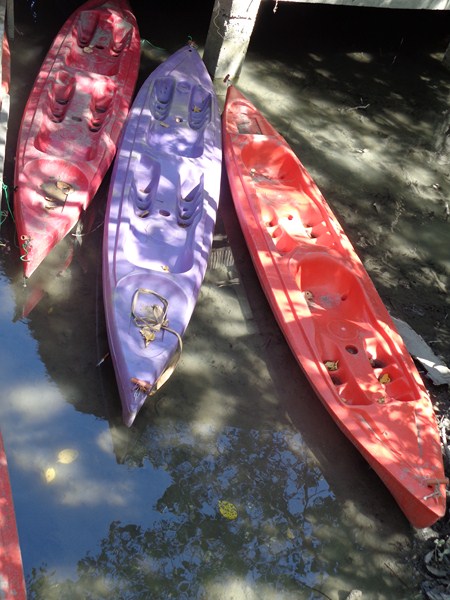
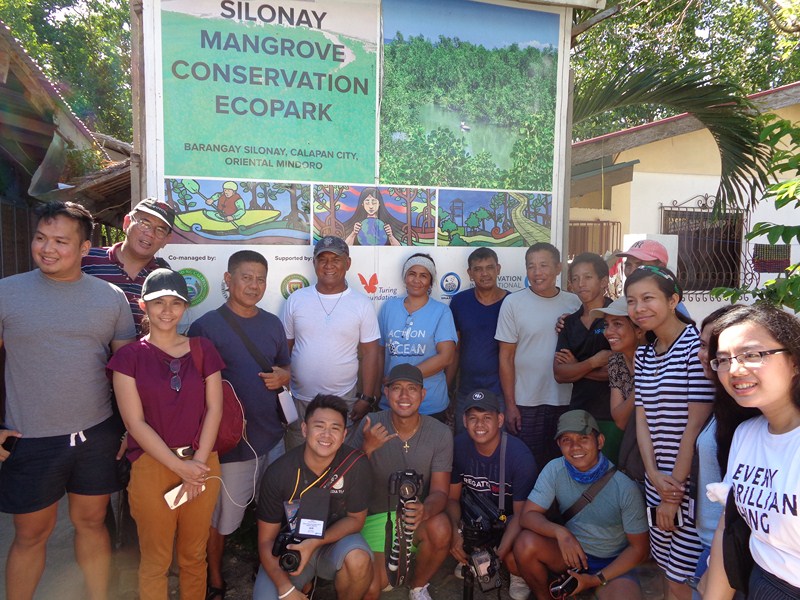
Pwed po bang magvolounter in short time ang 10year old kid?gusto po kc maexperience nya how to care nature and wild life